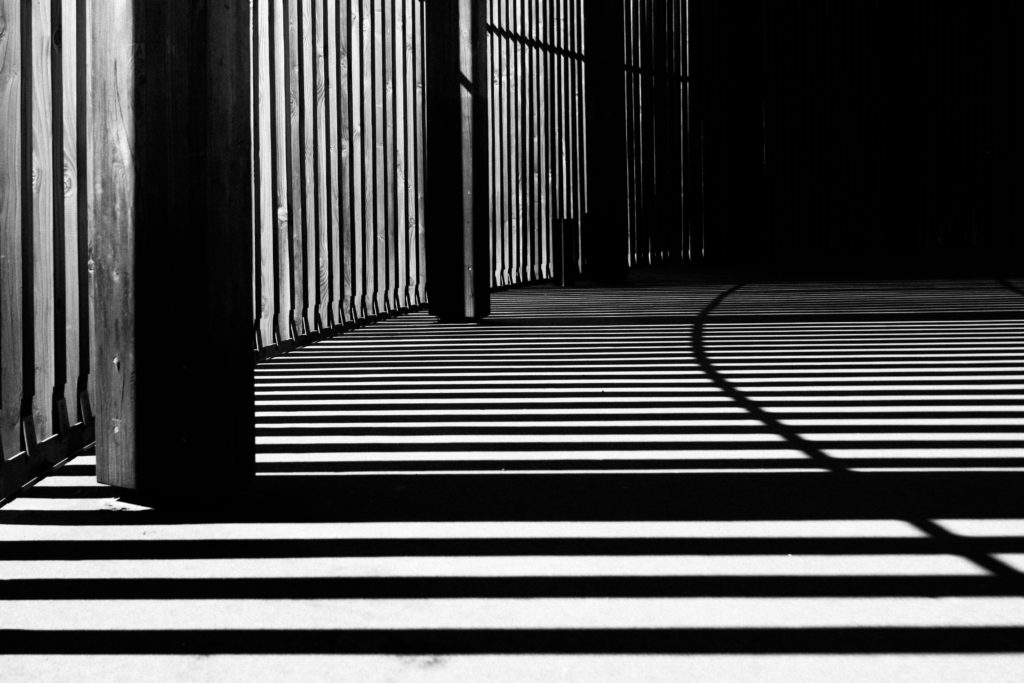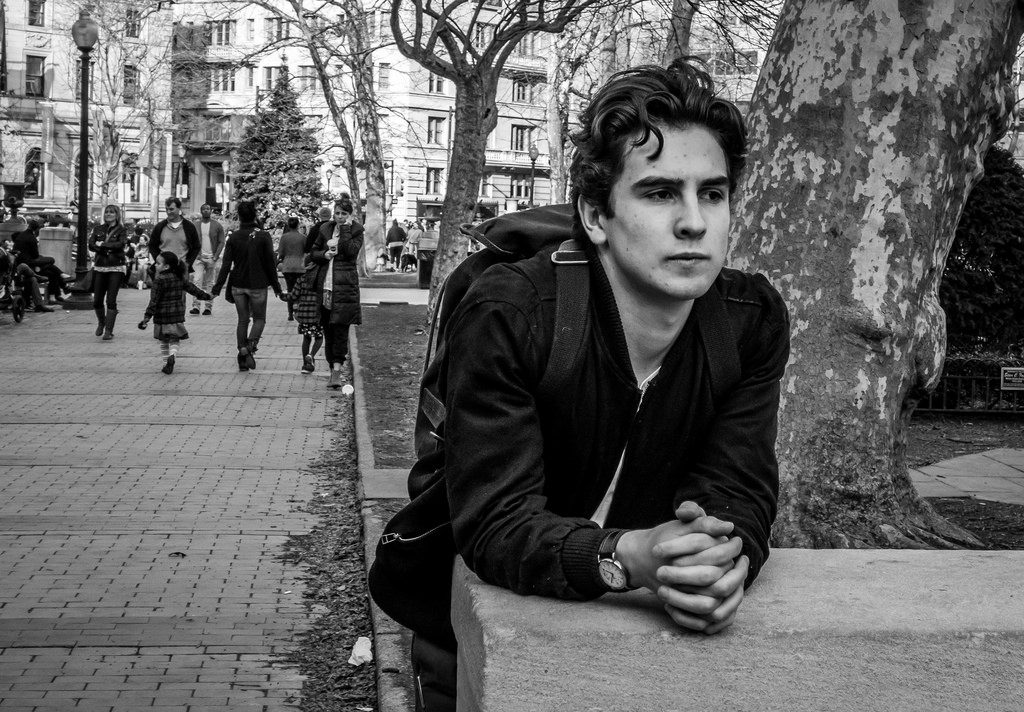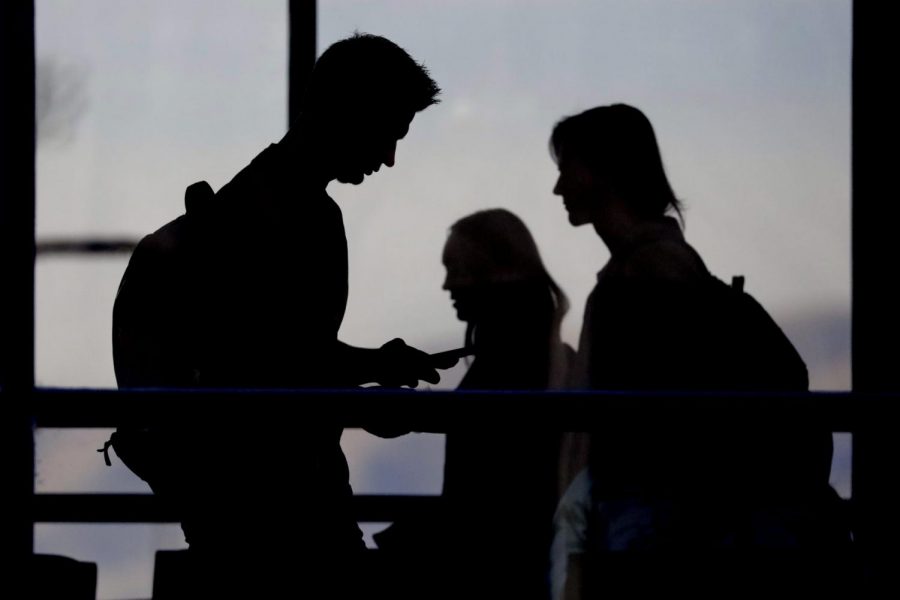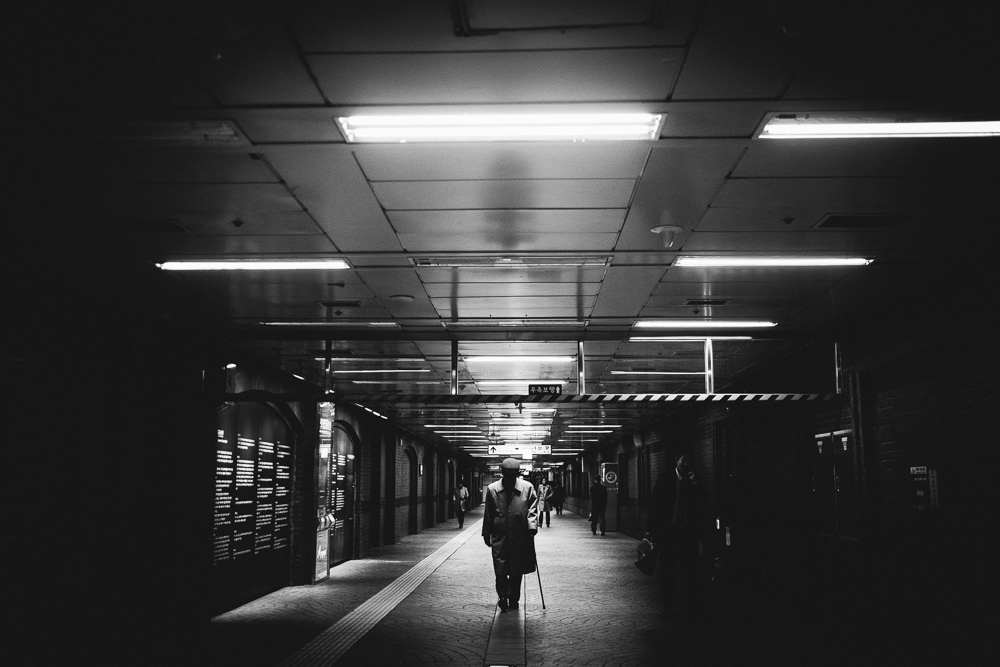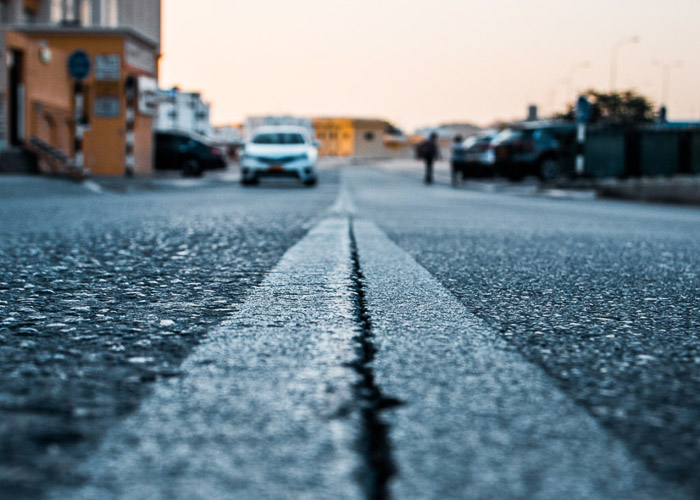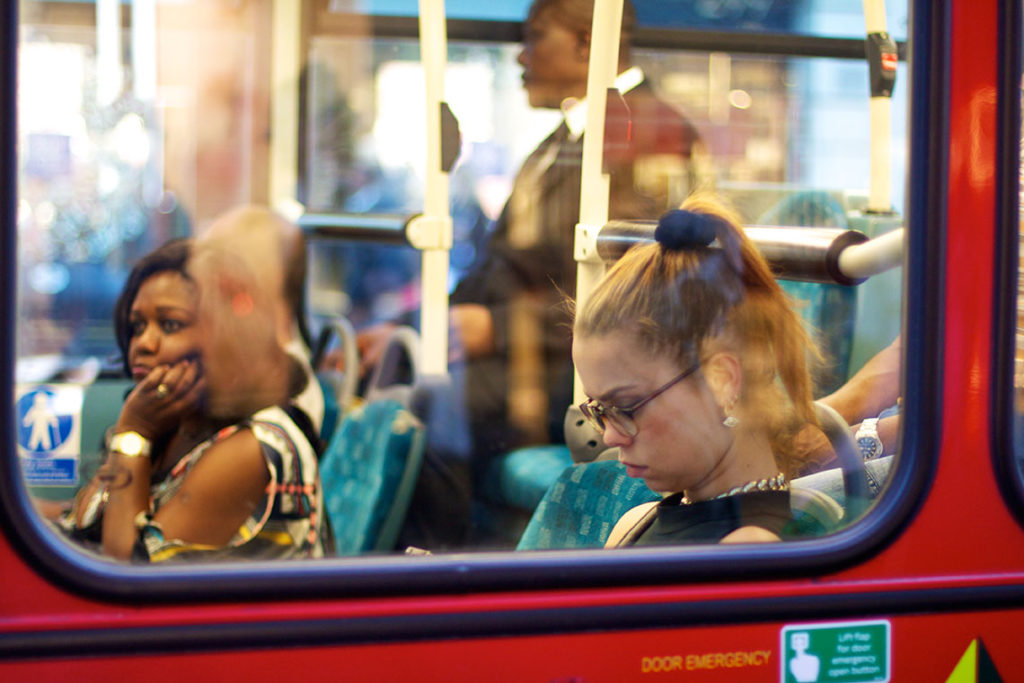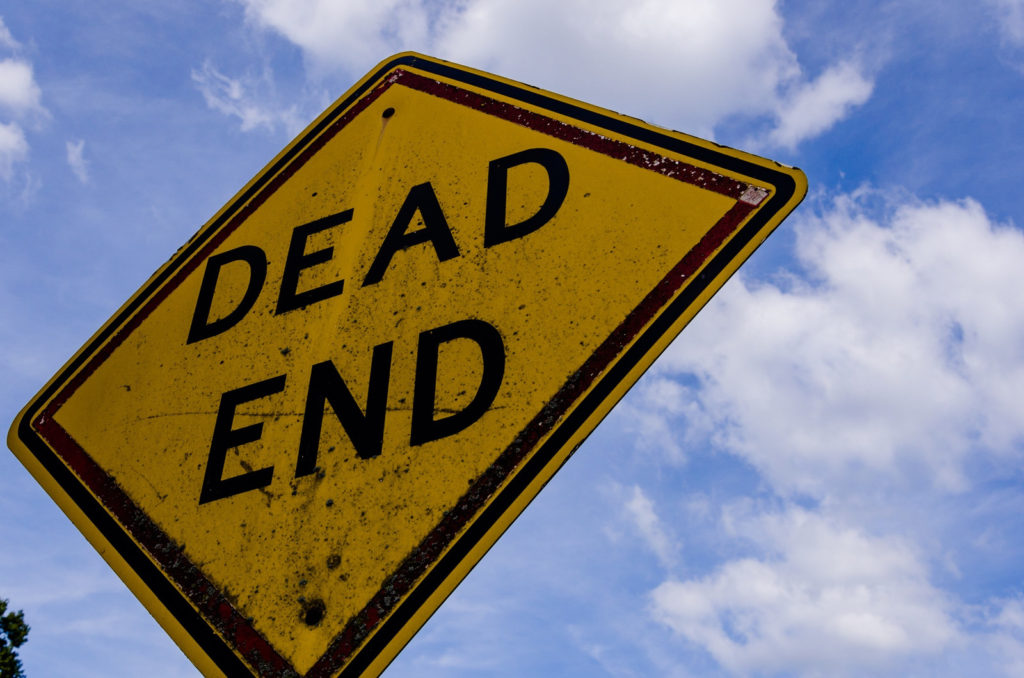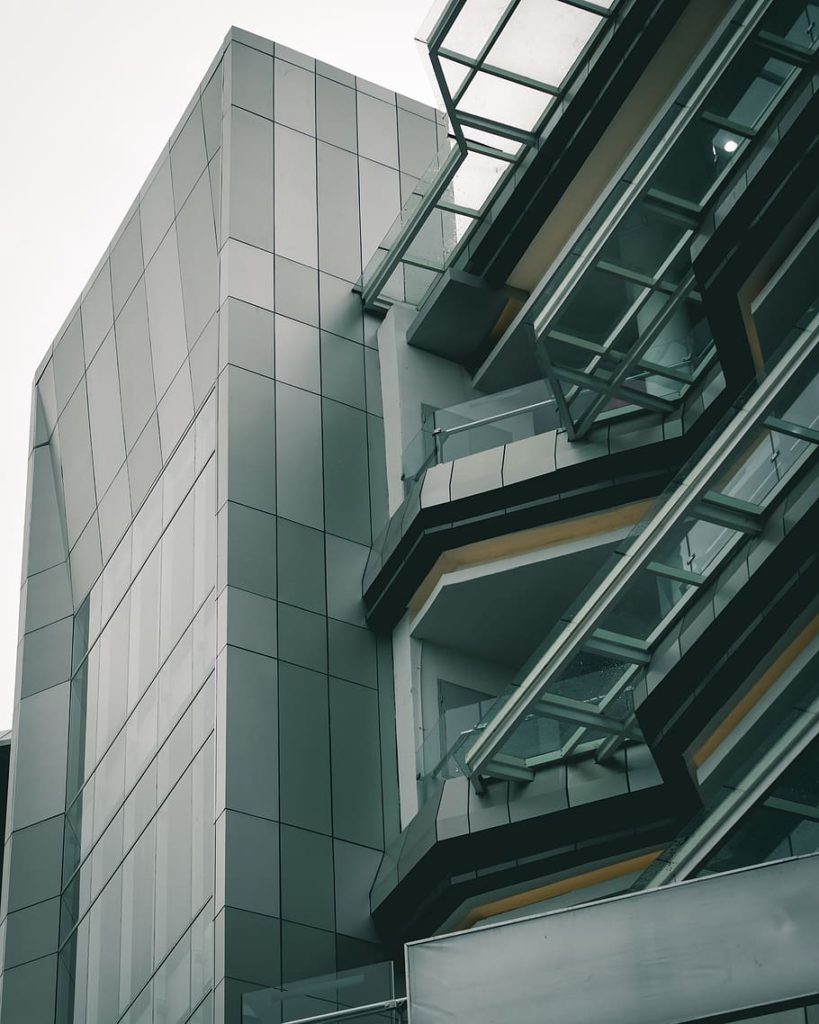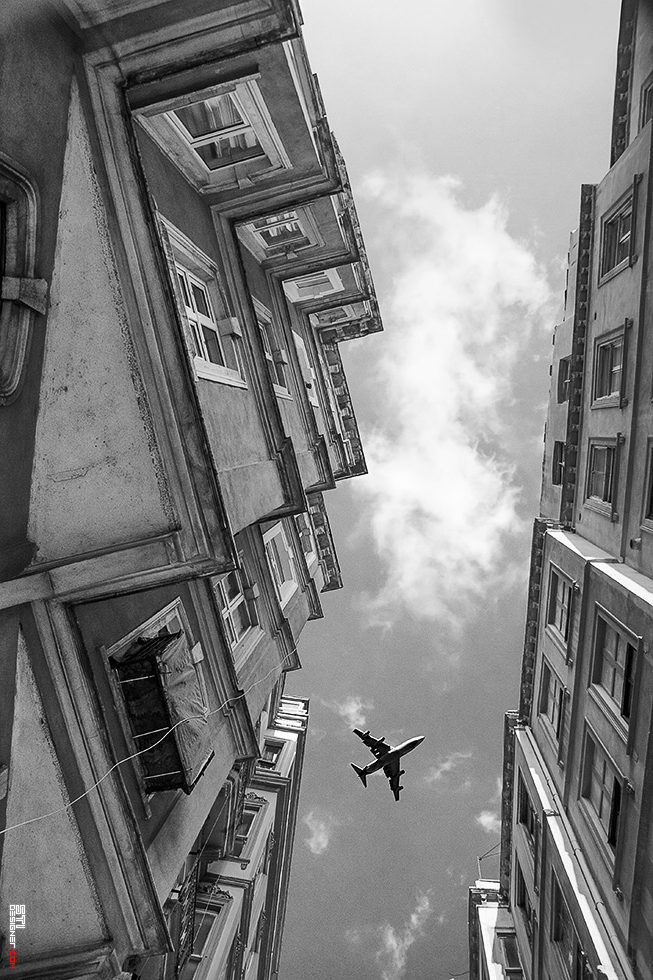Daily Archives: December 5, 2019
Filters
Essay questions
Key ideas:
- Sense of safety – what people and places I consider make me feel a sense of safety. Will look more into my own family, the areas I grew up in London and where I live in Jersey now.
- Movement – Looking at my move from London to Jersey and how my connections to my family and friends have changed since then.
- Family and friends – how my family helped me settle down in Jersey and how my relationship with my family and friends in London has changed since I left.
- Immigration – Looking at how immigrants handle life in new countries.
Possible questions:
- How does family help when dealing with difficult situations?
- How does Walker Evans and Dorothea Lange portray the importance of family?
- How does Walker Evans and Dorothea Lange portray the lack of safety in their work?
Essay Questions
Occupation – Mind – isolation
How can the concept of mental health be explored and represented within photography?
In what way can different emotions be shown through photography?
How can something that doesn’t physically exist be represented through photography?
How can mental illness be linked with ideas of WWII occupation/liberation of Jersey?
How can photography show the different emotions that people are feeling?
Visit to the Jersey migrant workers display
The visit to the migrant workers photography exhibition was very unique. It incorporated a lot of different ideas into a very minimalistic designed display which gave a clear presentation of the work captured and what the main features of the project were and why.
The main interpretation I took away from this project was the focus into striving for people in the island to voice themselves about things that they find or think are inadequate or unfair and that need rectifying in order to help make the island we live on a better place.
In this case, this over-arching theme was shown through presenting the workers’ living conditions and showing the tough and below standard daily routine that many of these immigrant workers are used to. With the hopes of it reaching a large variety of public attention and interest which in the long run, would help for this matter to be picked up on by the farmers who hire them, the local people who may help out to give them better living conditions and then ultimately the states who could put more money into helping those who aid the production of one of jerseys largest exports after finance and milk.
Examples of some of the photos that stood out to me:
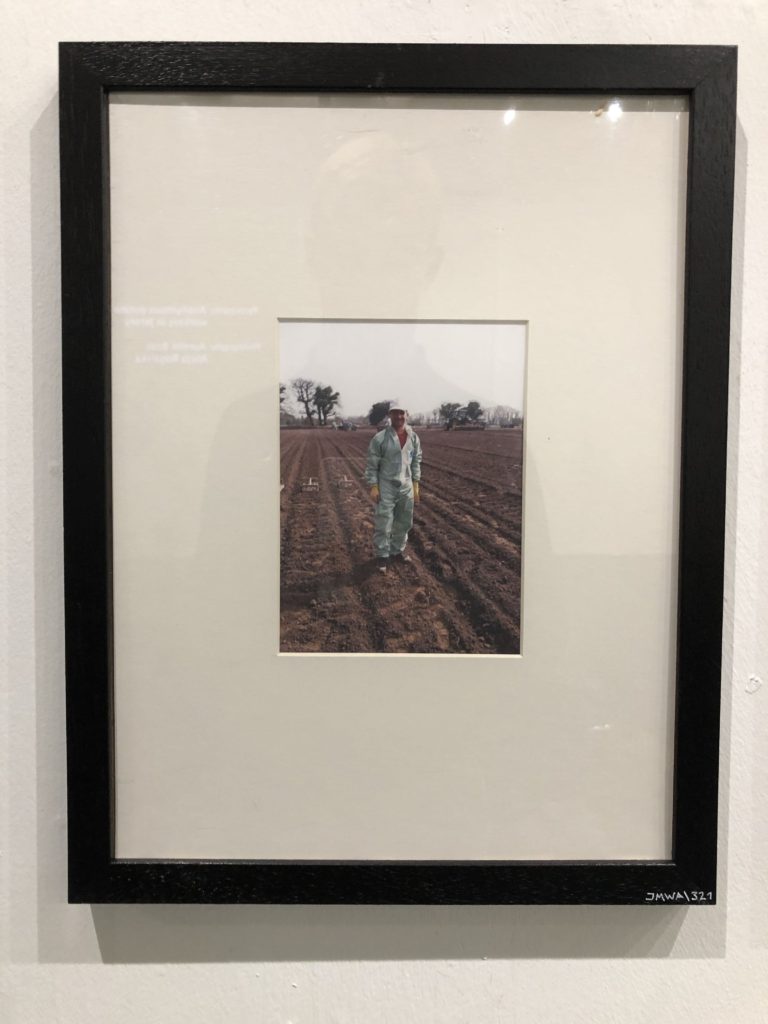
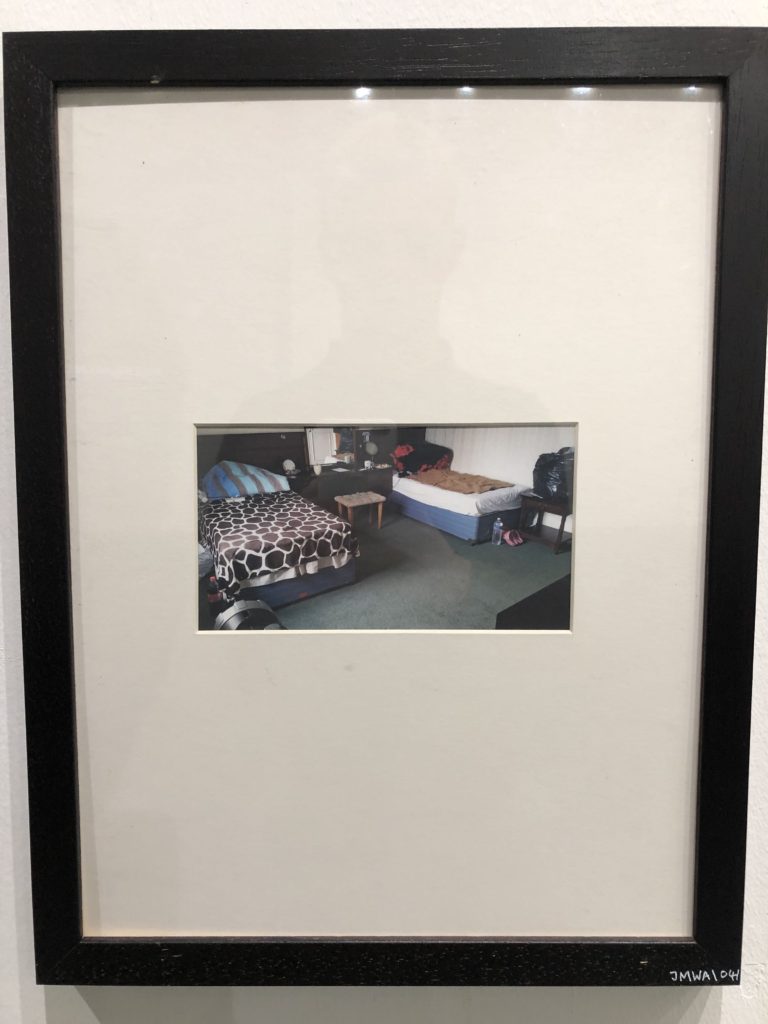



Below are images describing the in-depth detail to which concerns the Jersey migrant workers push for better treatment and the activities and planning carried out to help raise awareness to alleviate the problem at hand.
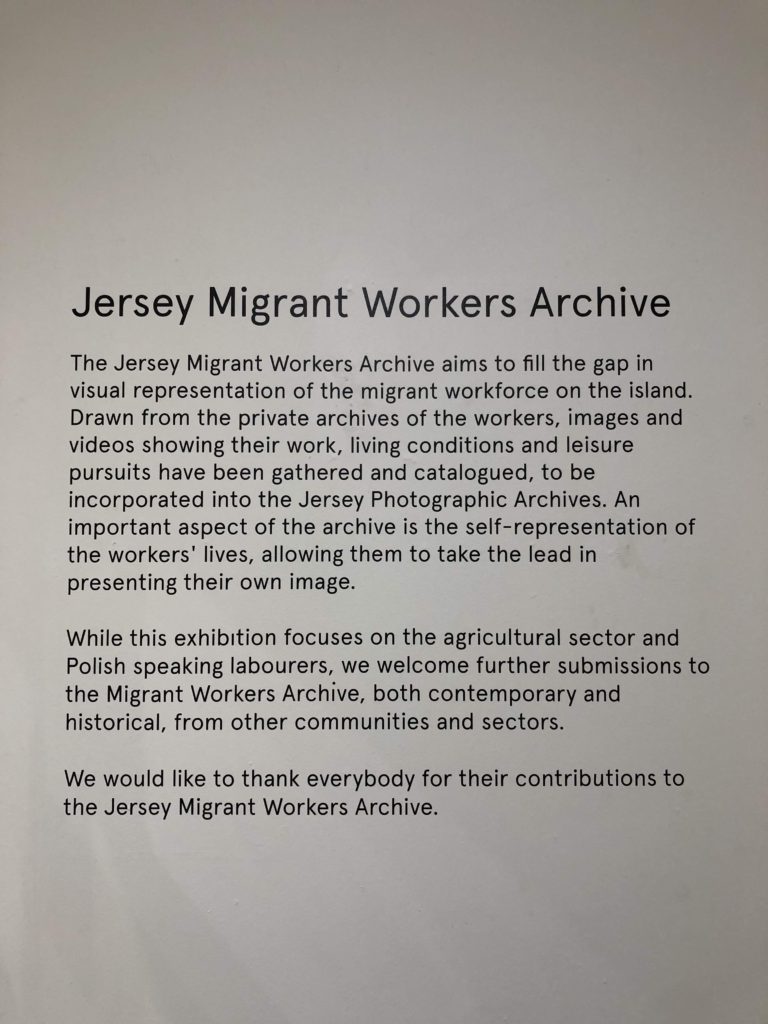
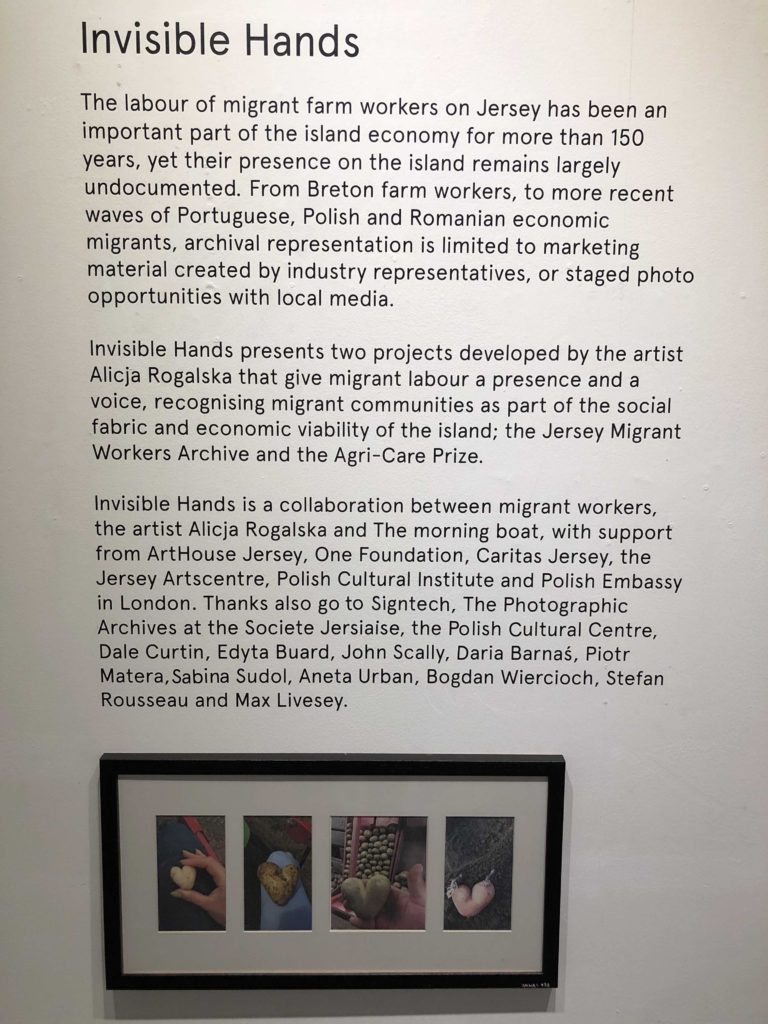
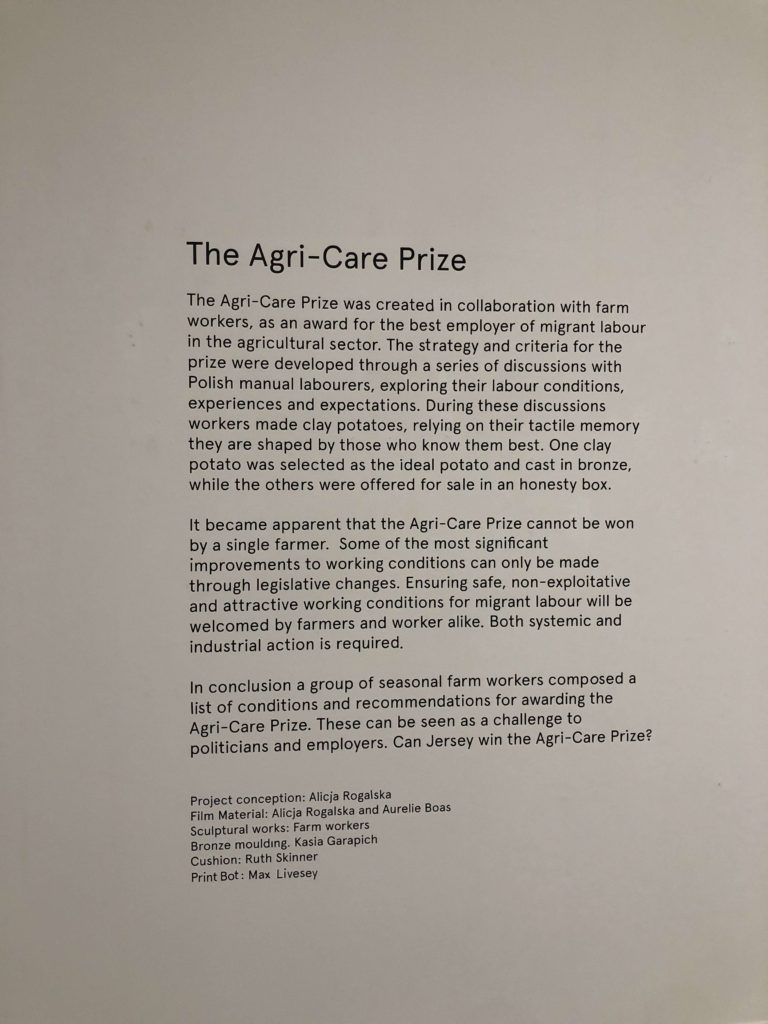

Below the “Perfect Potato” can be seen. Originally created by one of the workers from clay to give to the winner of the agri-care prize, it later ended up being a symbol to show that all of the workers had shown great dedication and motivation towards their jobs which meant the prize was given to all of them, rather than just one.
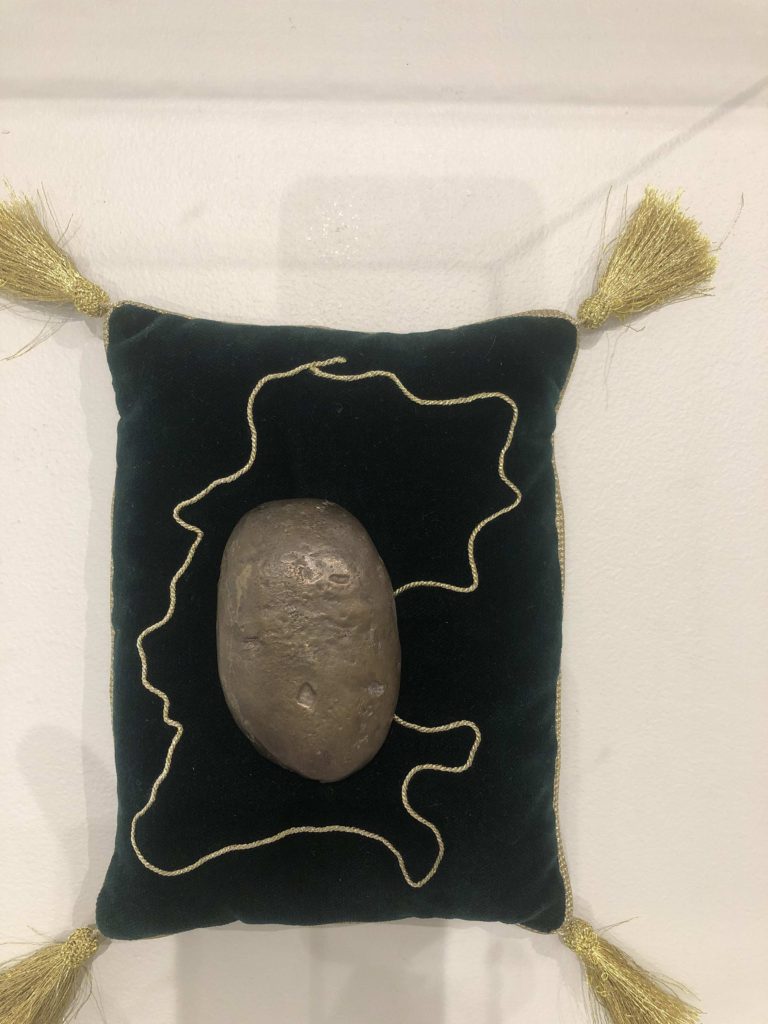
Art Movements & Isms
PICTORIALISM
Time period: 1880s – 1920s
Key characteristics/ conventions: From the 1880s and onwards photographers strived for photography to be art by trying to make pictures that resembled paintings. A lot of nude photography and nature was present.
Artists associated: Julia Margaret Cameron (1815-1879), Peter Henry Emerson (1856-1936), The Vienna Camera Club (Austria), The Brotherhood of the Linked Ring (London), Photo-Secession (New York) founded by Alfred Stieglitz.
Key works: H P ROBINSON – HE NEVER TOLD HIS LOVE (1884), ALFRED HORLSEY HINTON – FLEETING AND FAR (1903), GEORGE DAVISON – REFLECTIONS (1899). Alfred Stieglitz: Equivalent (cloud studies).
Methods/ techniques/ processes: Using Vaseline to blur the lens. Scratch the images/ use chemicals to alter the colors etc. Manipulating images in the darkroom, scratching and marking their prints to imitate the texture of canvas, using soft focus are among other techniques.
REALISM / STRAIGHT PHOTOGRAPHY
Time period:
Key characteristics/ conventions:
- REALISM – Photography grew up with claims of having a special relationship to reality, and its premise, that the camera’s ability to record objectively the actual world as it appears in front of the lens was unquestioned. This supposed veracity of the photographic image has been challenged by critics as the photographer’s subjectivity (how he or she sees the world and chooses to photograph it) and the implosion of digital technology challenges this notion opening up many new possibilities for both interpretation and manipulation. A belief in the trustworthiness of the photograph is also fostered by the news media who rely on photographs to show the truth of what took place.
- STRAIGHT PHOTOGRAPHY – Were photographers who believed in the intrinsic qualities of the photographic medium and its ability to provide accurate and descriptive records of the visual world. These photographers strove to make pictures that were ‘photographic’ rather than ‘painterly’, they did not want to treat photography as a kind of monochrome painting.
- SOCIAL REFORM PHOTOGRAPHY – The rural poor or the urban environment were not subjects for Pictorial photographers. But when A Danish immigrant , Jacob Riis published his book, How the Other Half Lives’ about the slums of Manhattan a new kind of realism was born with a socialist dimension. A number of photographer’s such as Lewis W Hine and Dorothea Lange began to document the effects of industrialization and urbanization on working-class Americans. Their work brought the need for housing and labour reform to the attention of legislators and the public and became the origins of what we now call photojournalism.
Artists associated:
Walker Evans (1903-75). Often considered to the leading American documentary photographer of the 20th century. He rejected Pictorialism and wanted to establish a new photographic art based on a detached and disinterested look. He most celebrated work is his pictures of three Sharecropper families in the American South during the 1930s Depression.
Key works: Walker Evans, Hale Country (1936),
Methods/ techniques/ processes:
Cubism and Fauvism, Abstract geometric forms and structure of subjects.
MODERNISM:

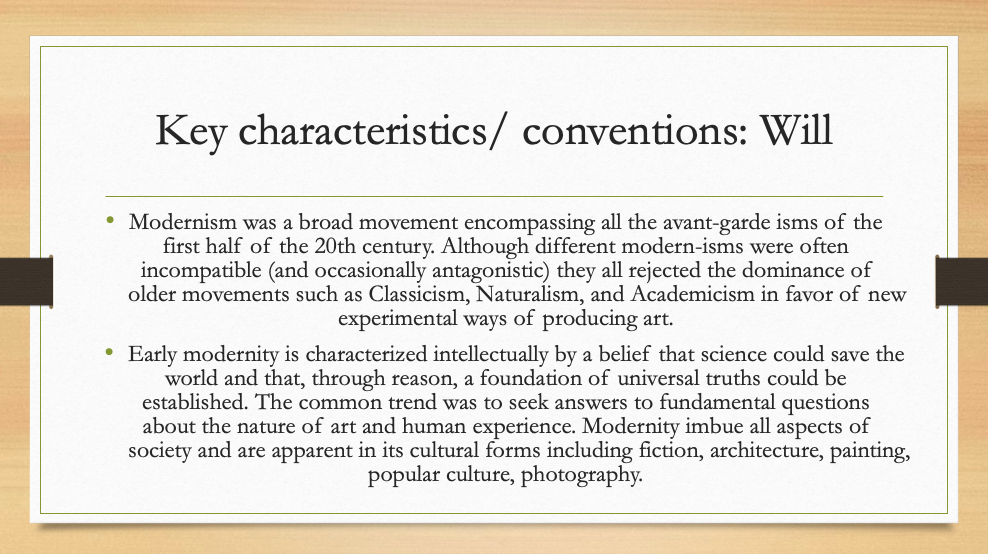
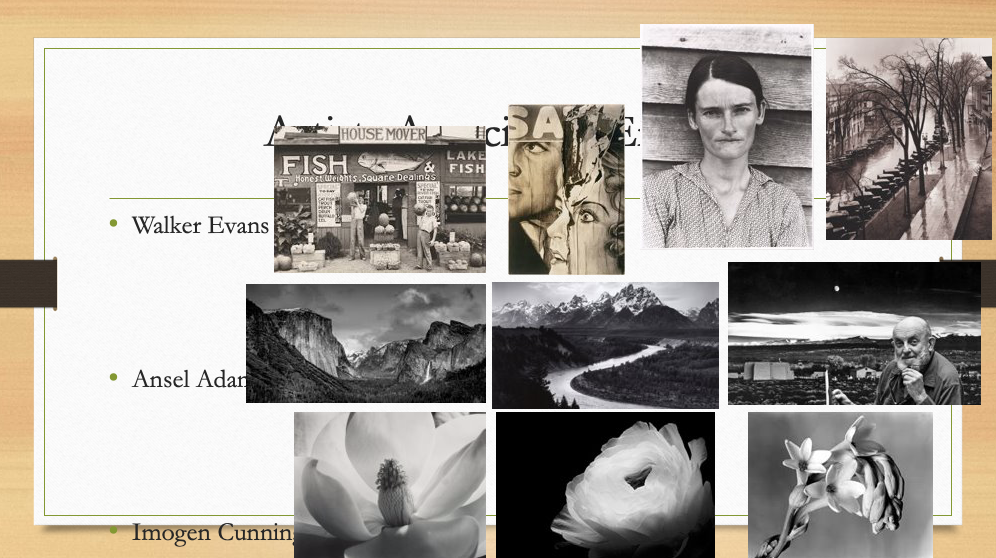
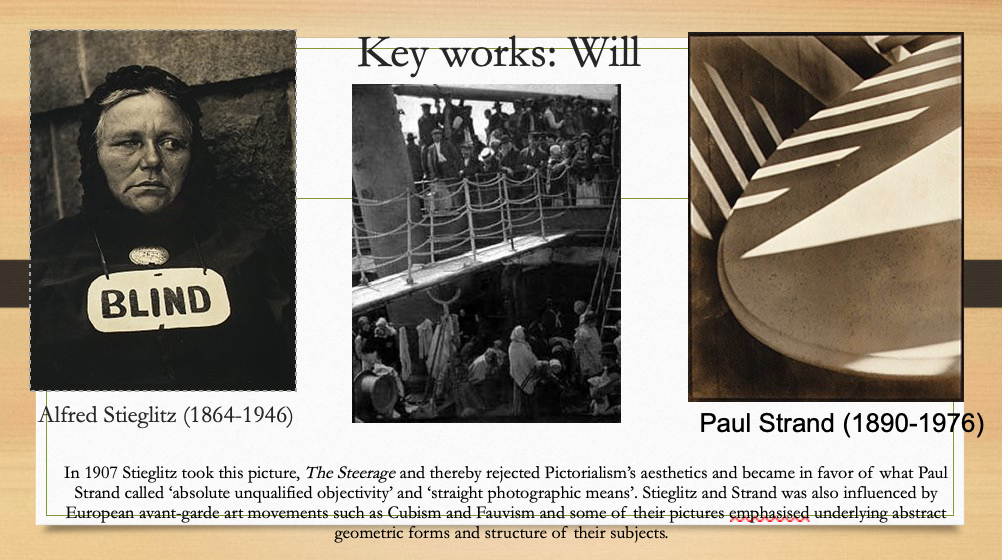

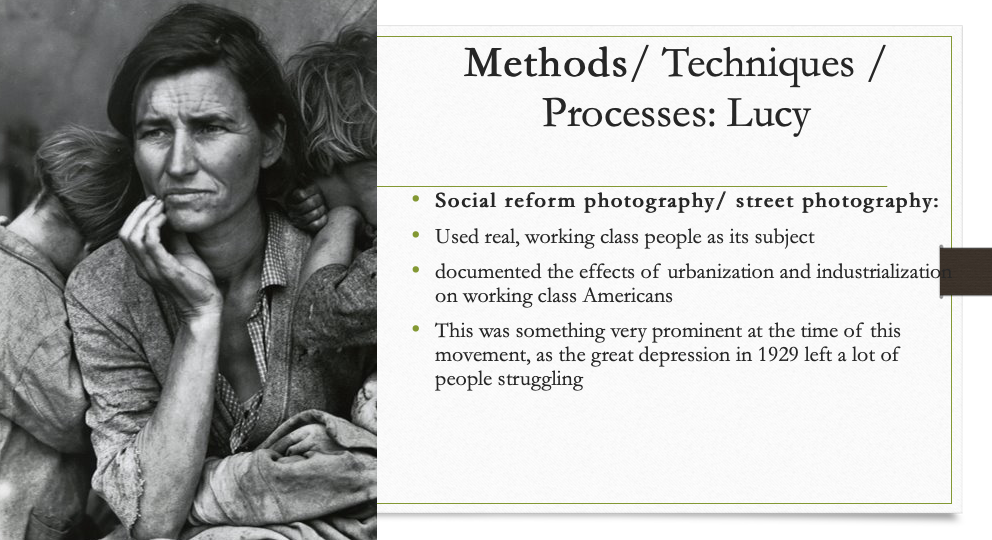
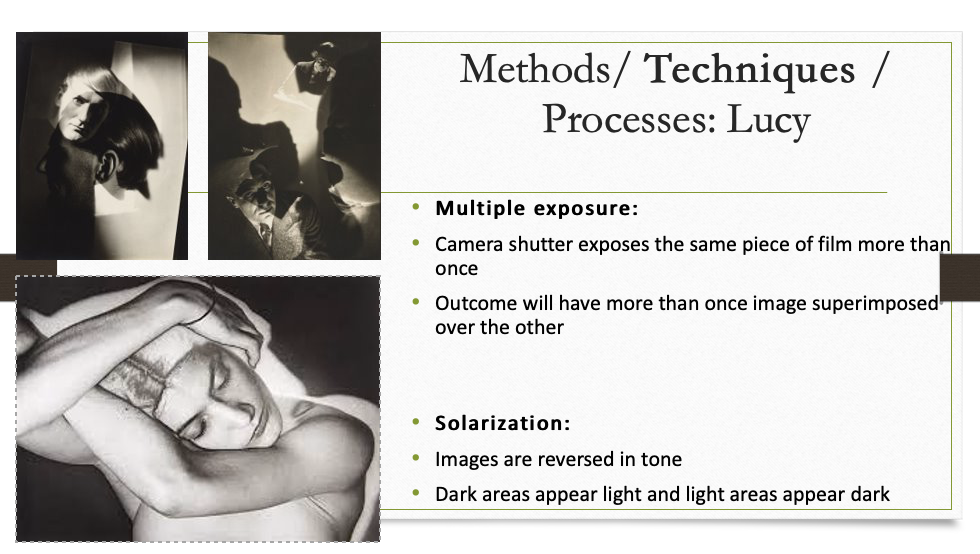
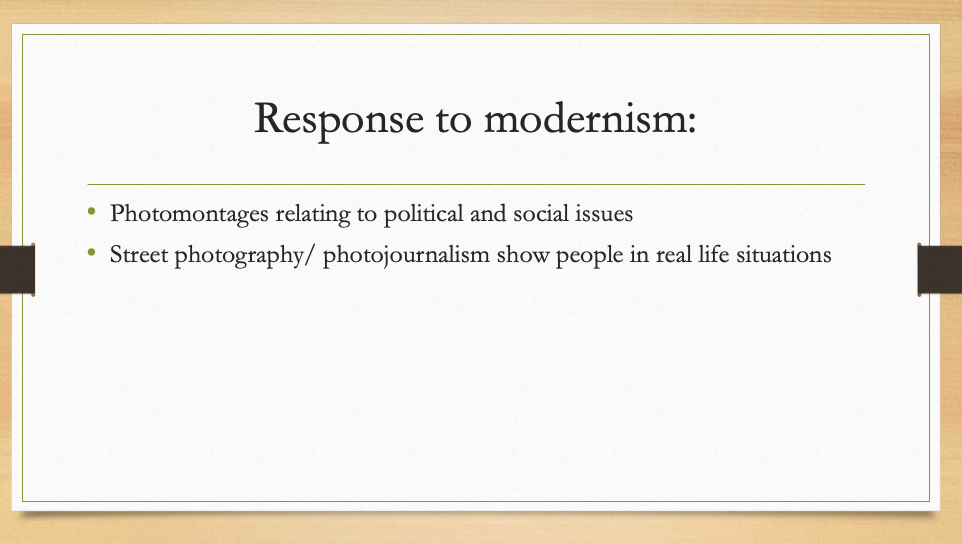
First Photo Shoot
For my first photo shoot I will photographing myself and my boyfriend lounging around in his house as I want to capture pure moments of love, vulnerability and intimacy. I will be using natural lighting as I think its the best way to capture the moment naturally.
Final Photos (Unedited):
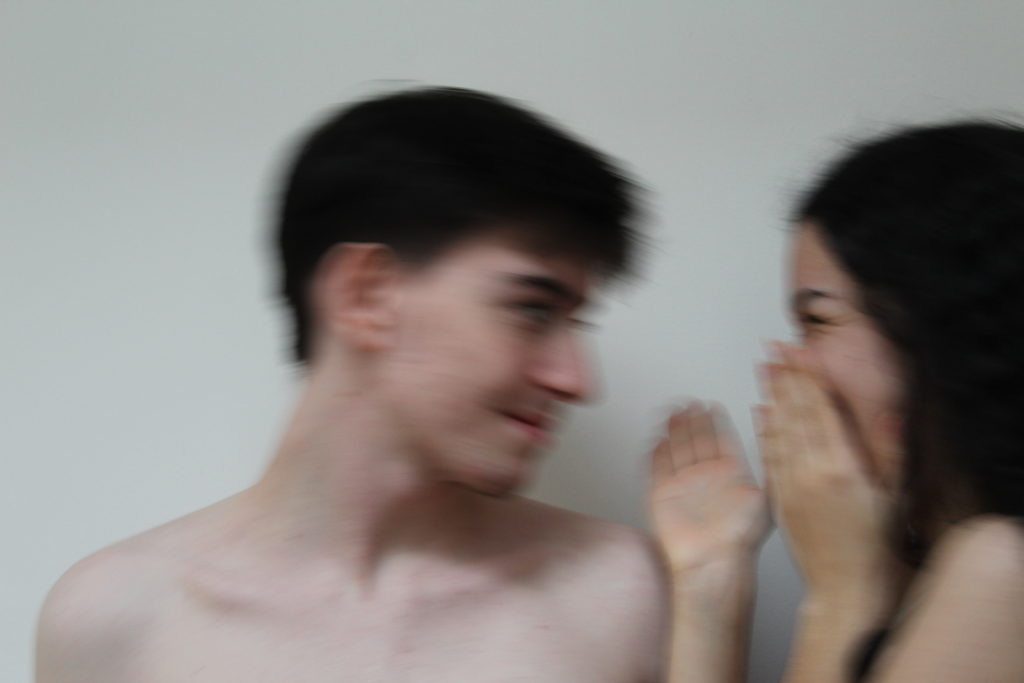

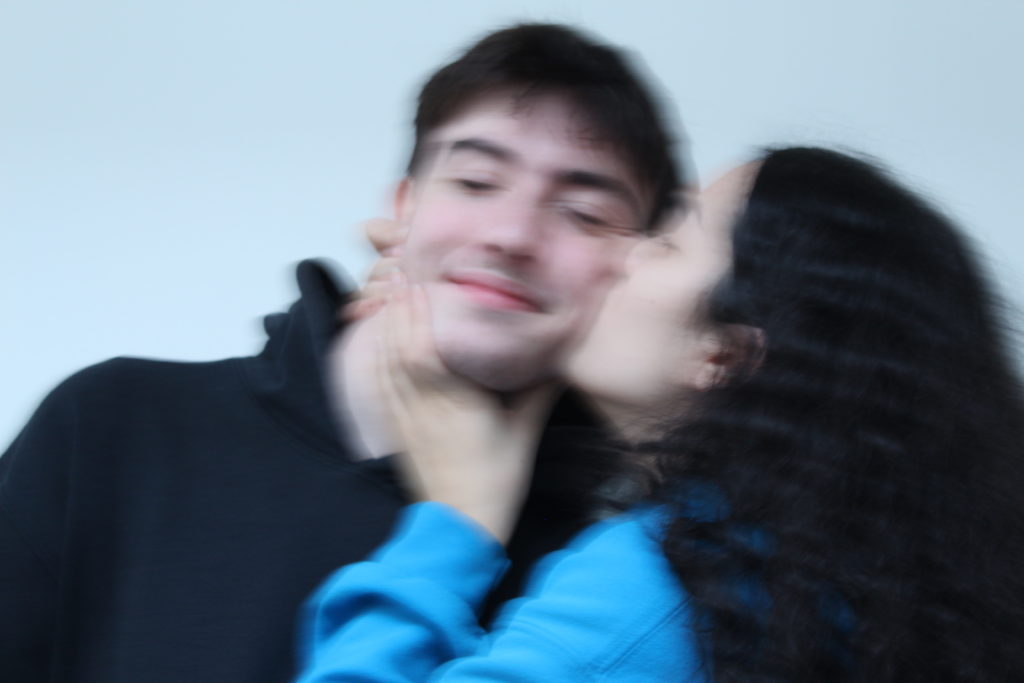
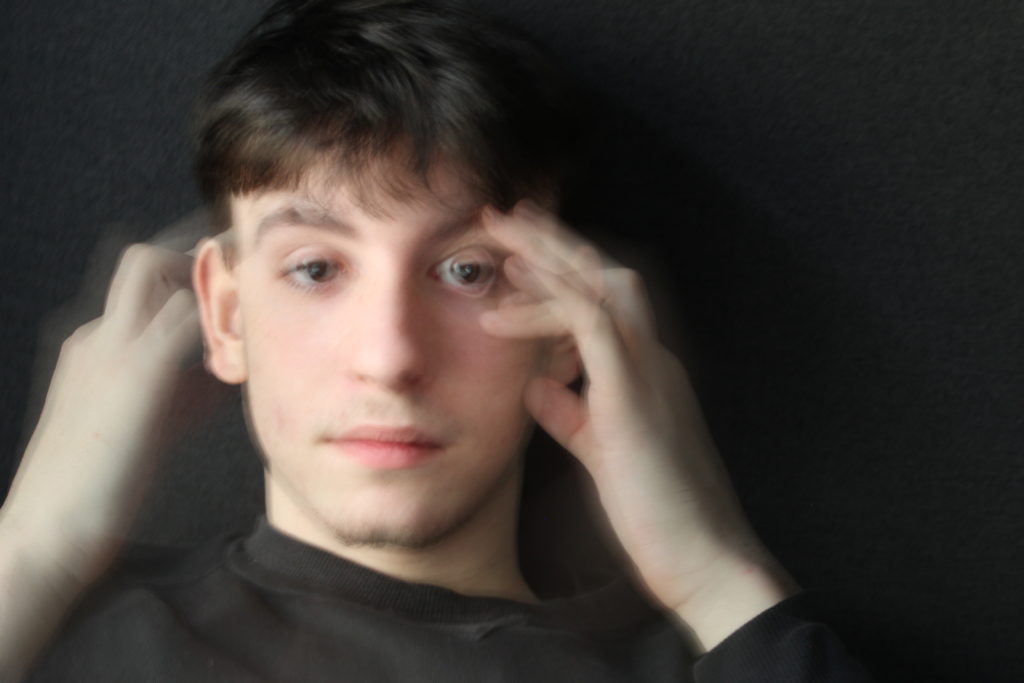
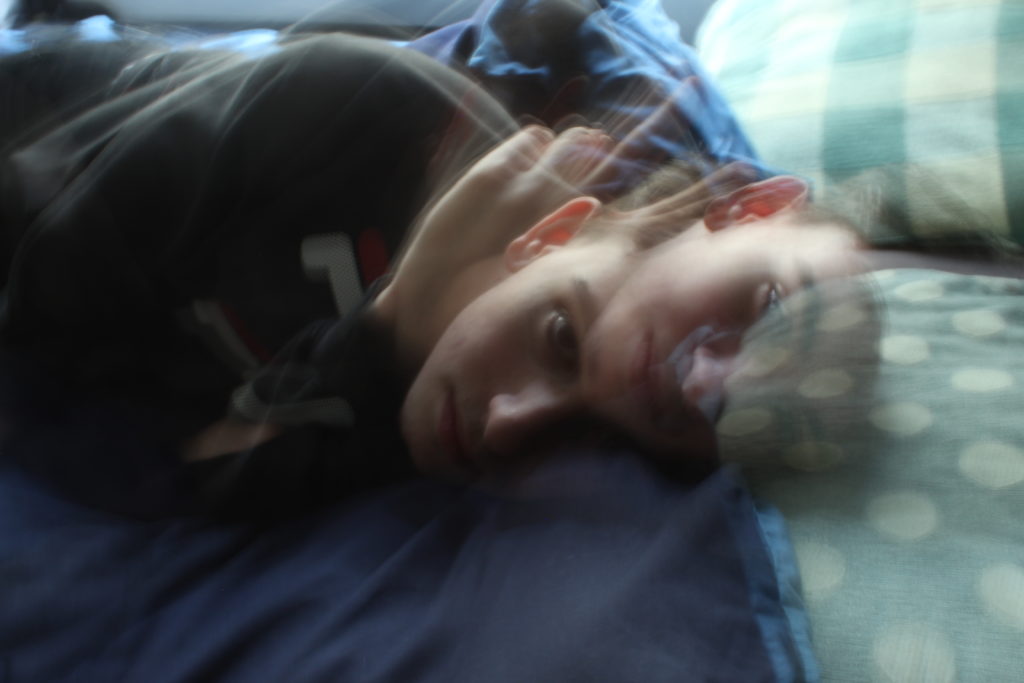
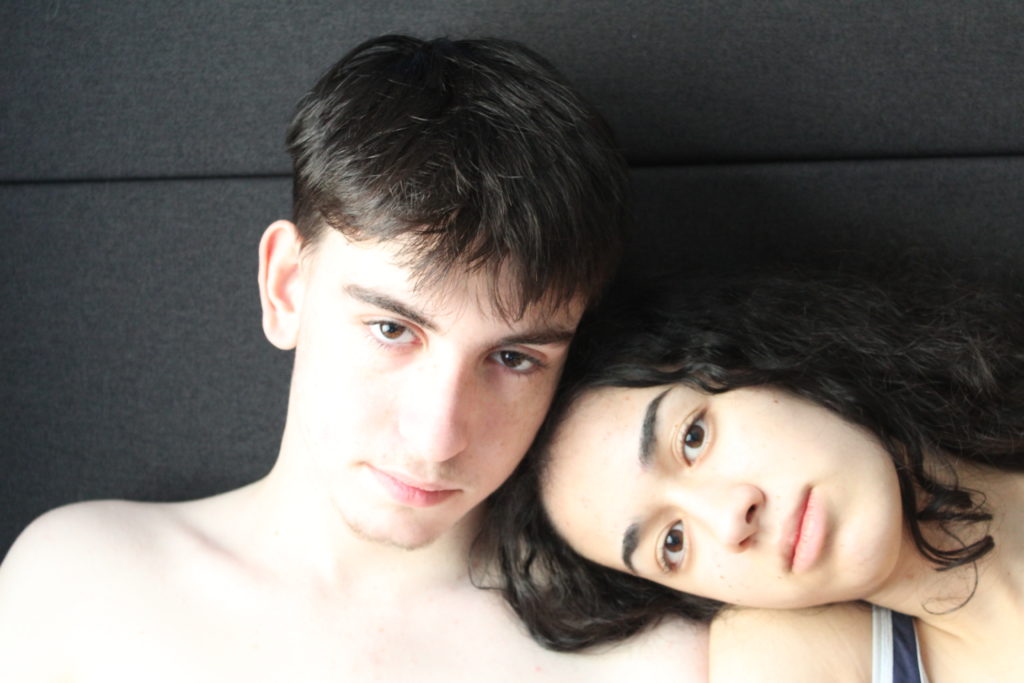
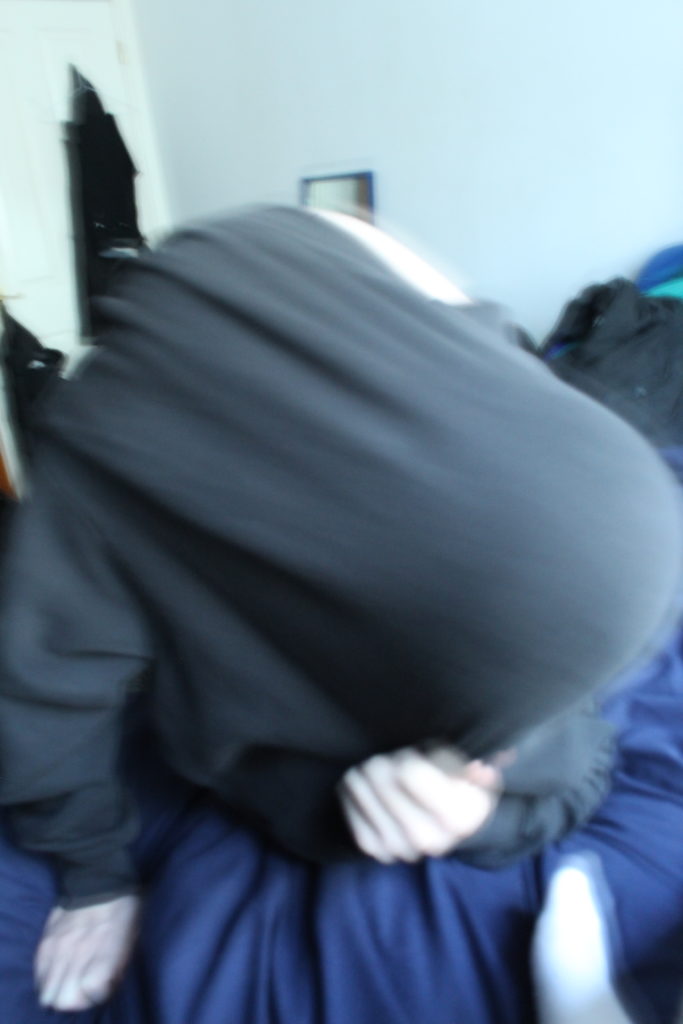
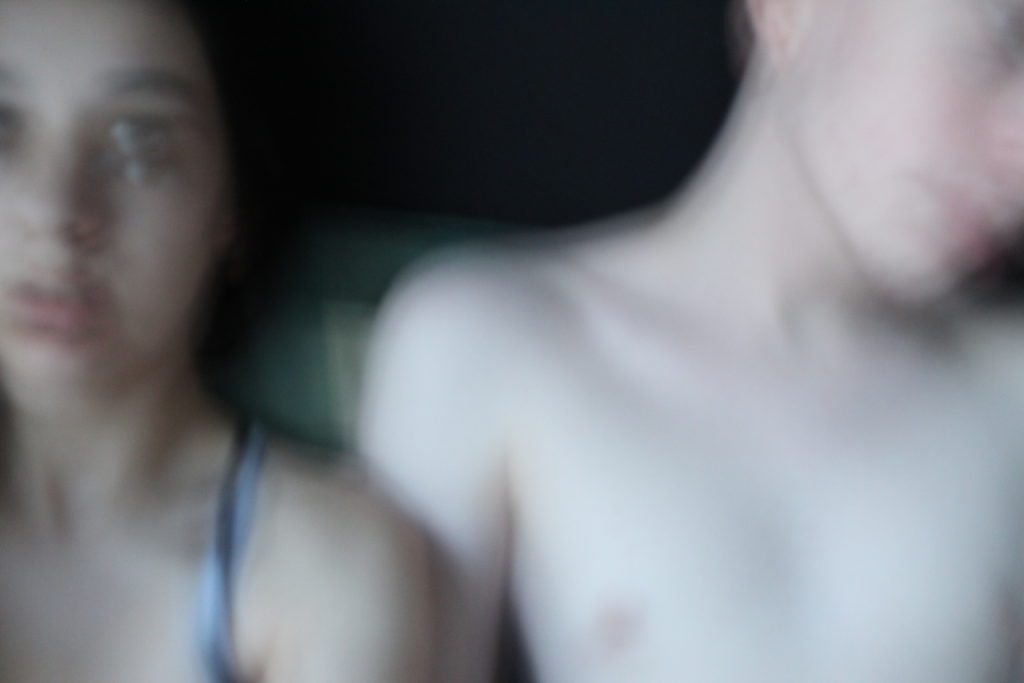
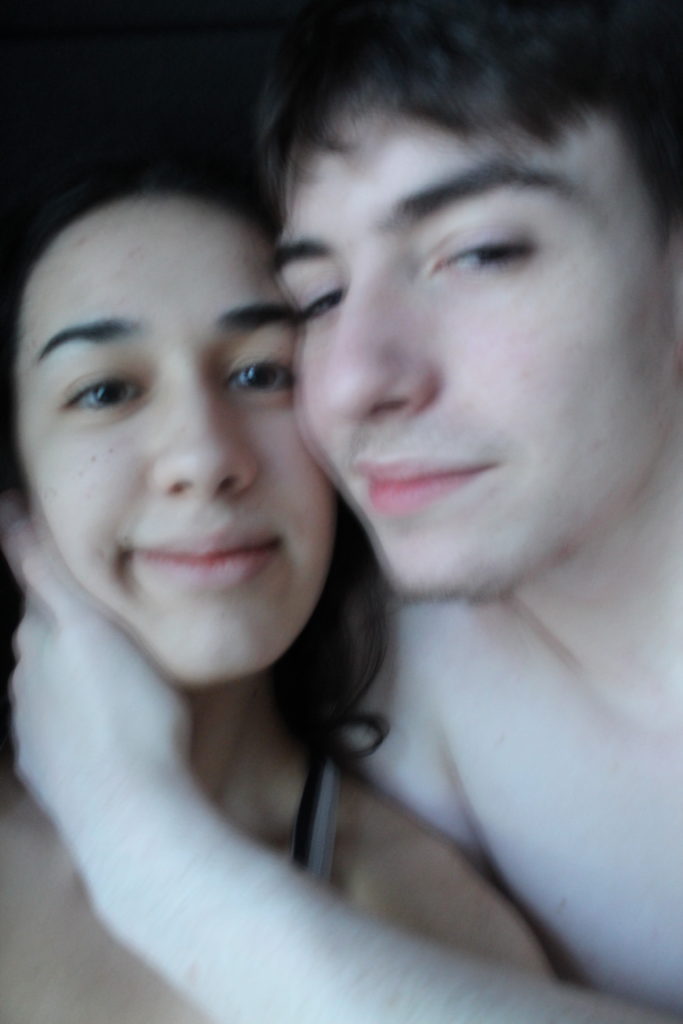

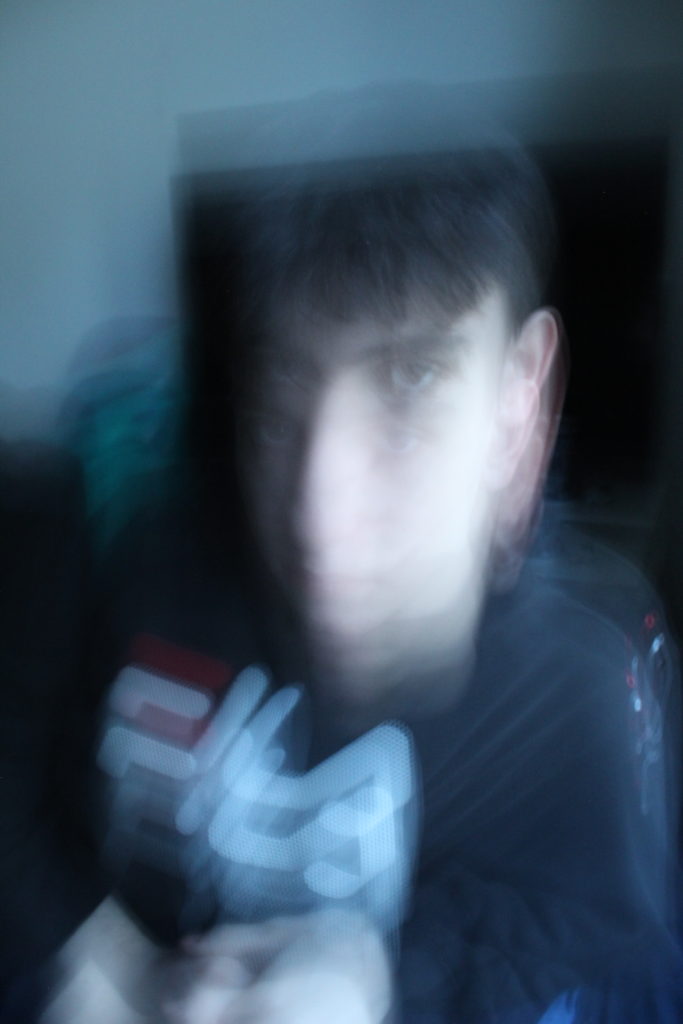
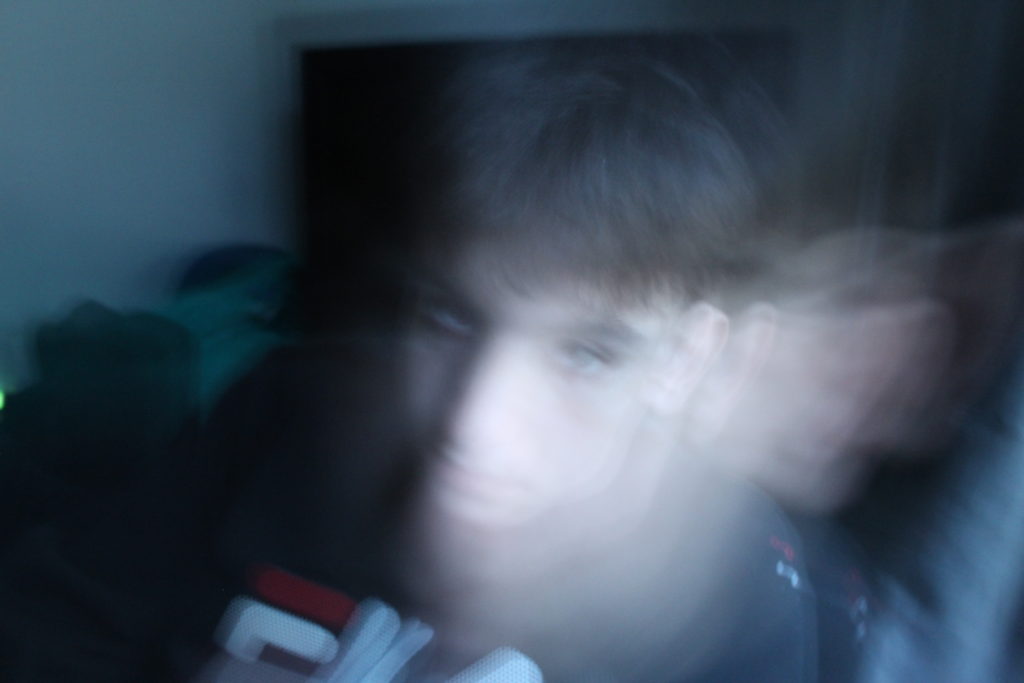

Final Photos:
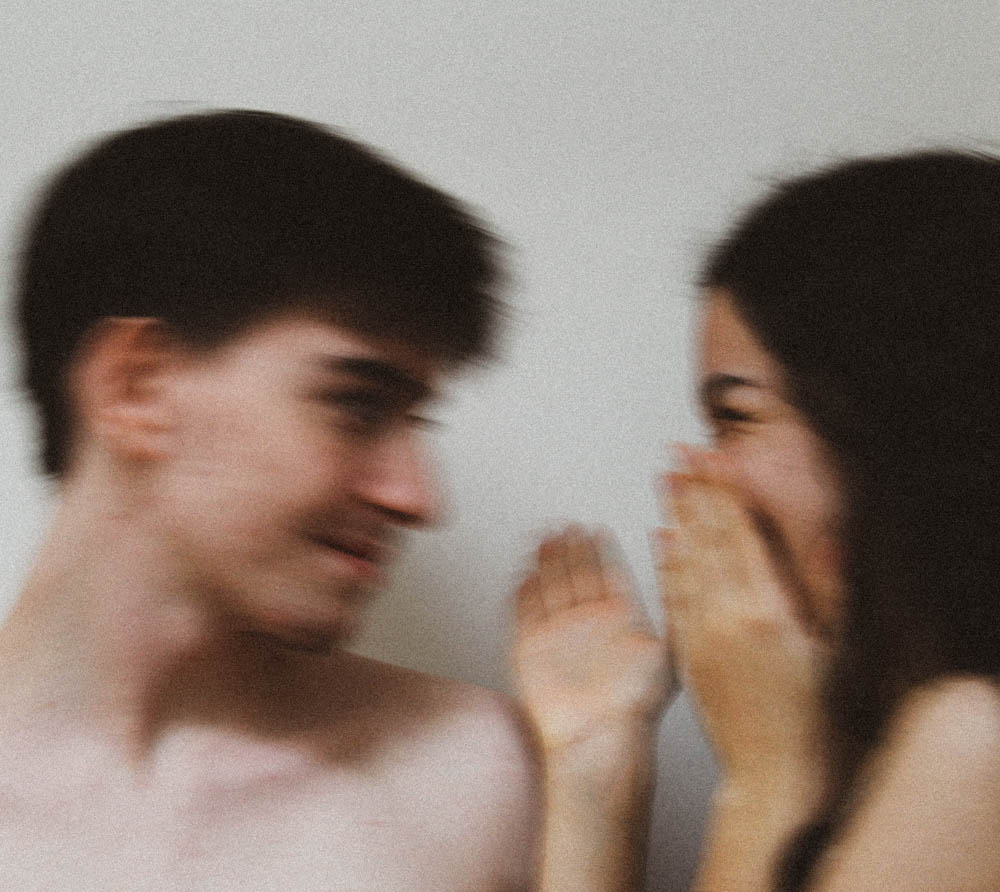
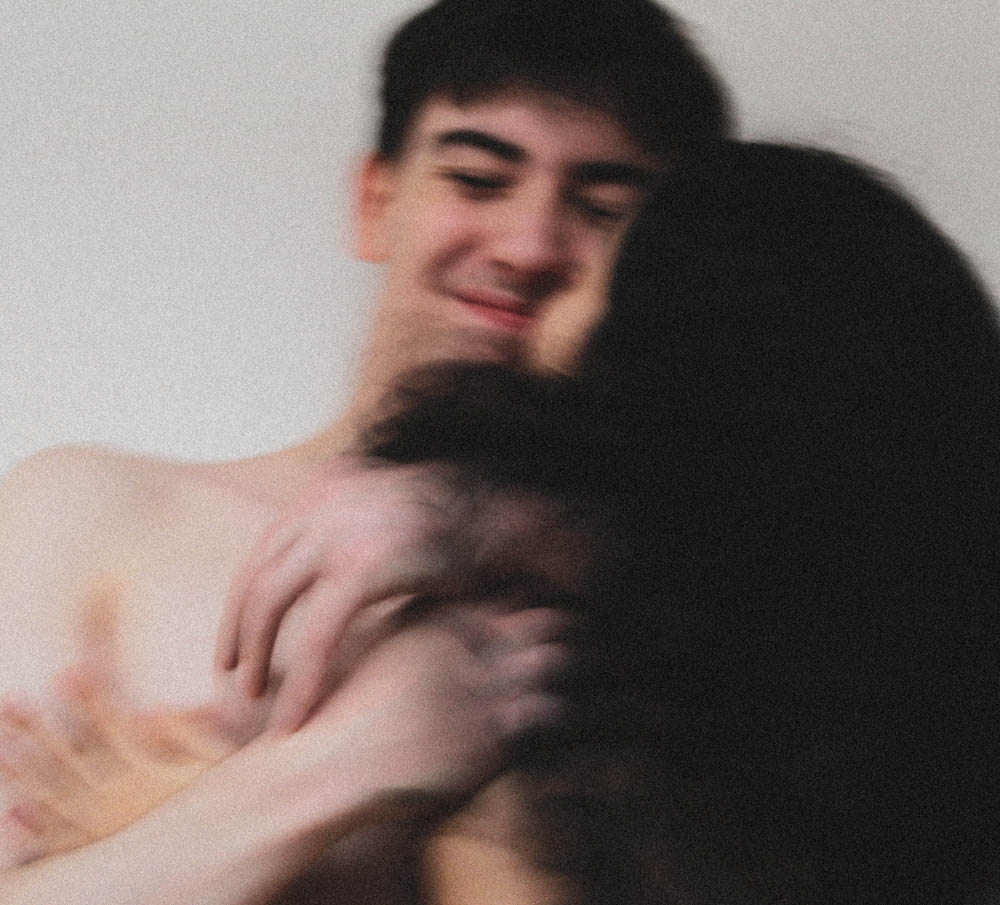
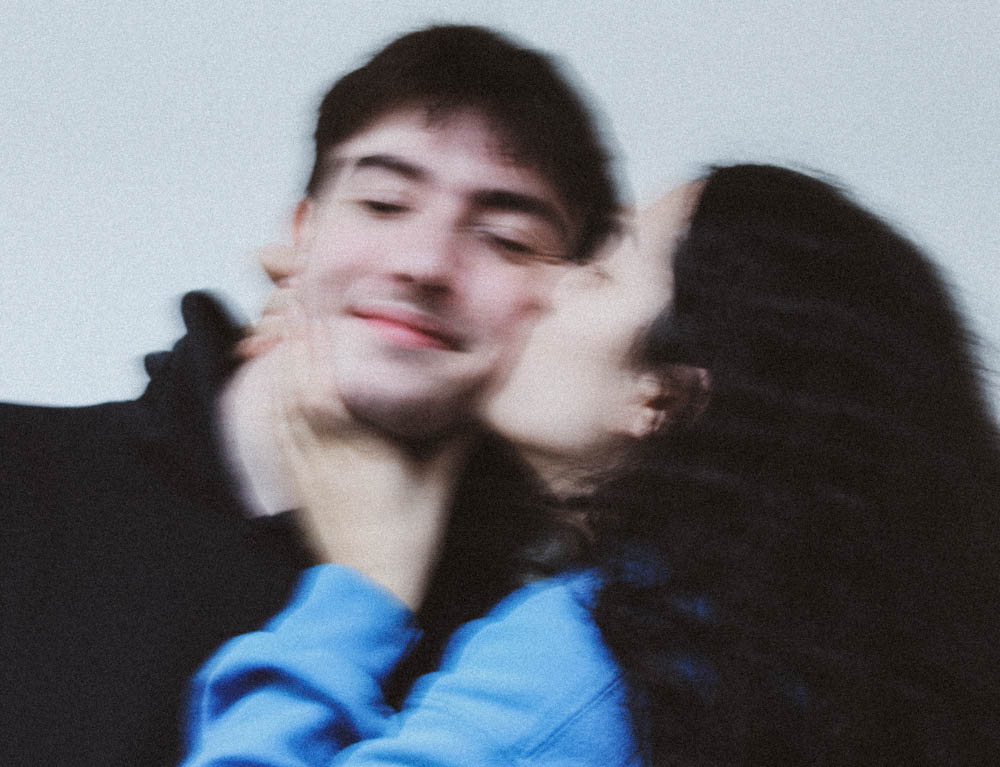
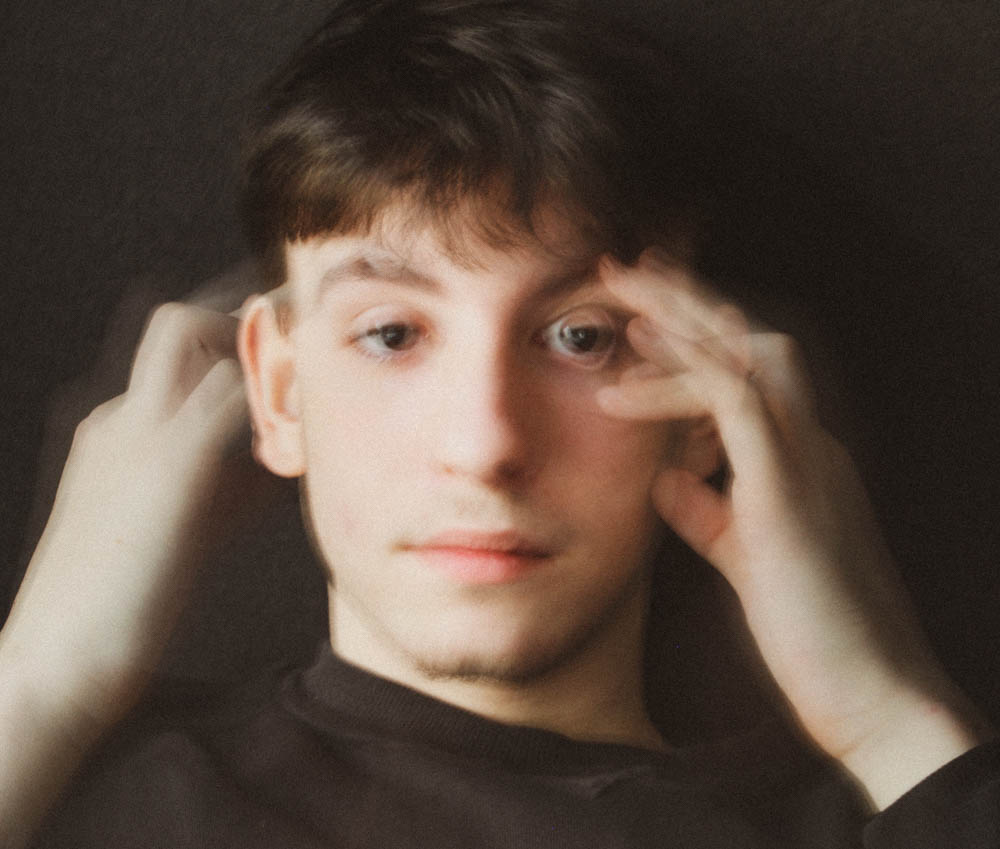
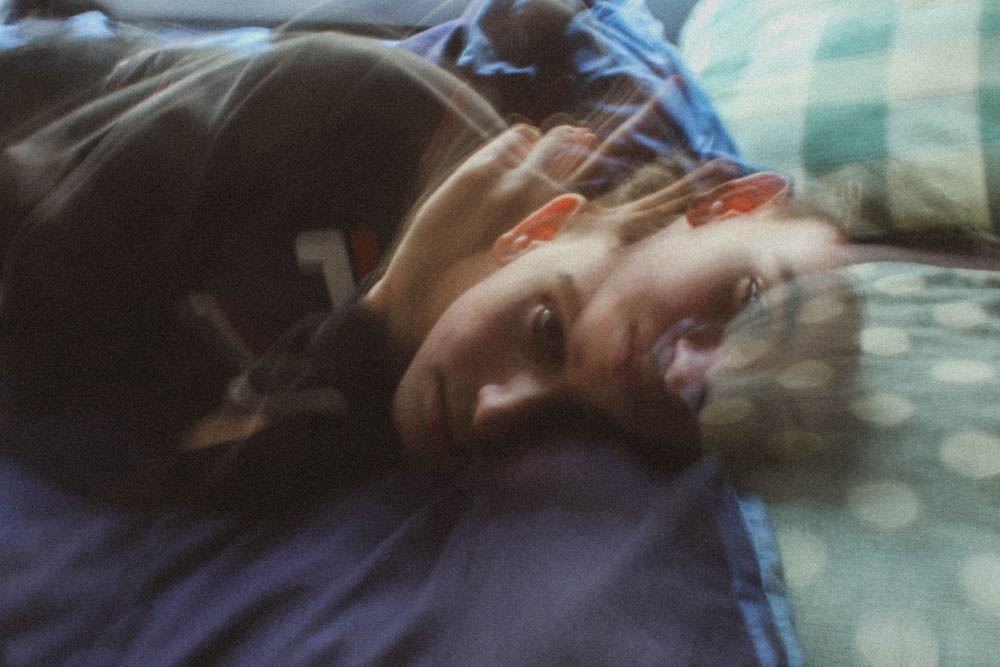
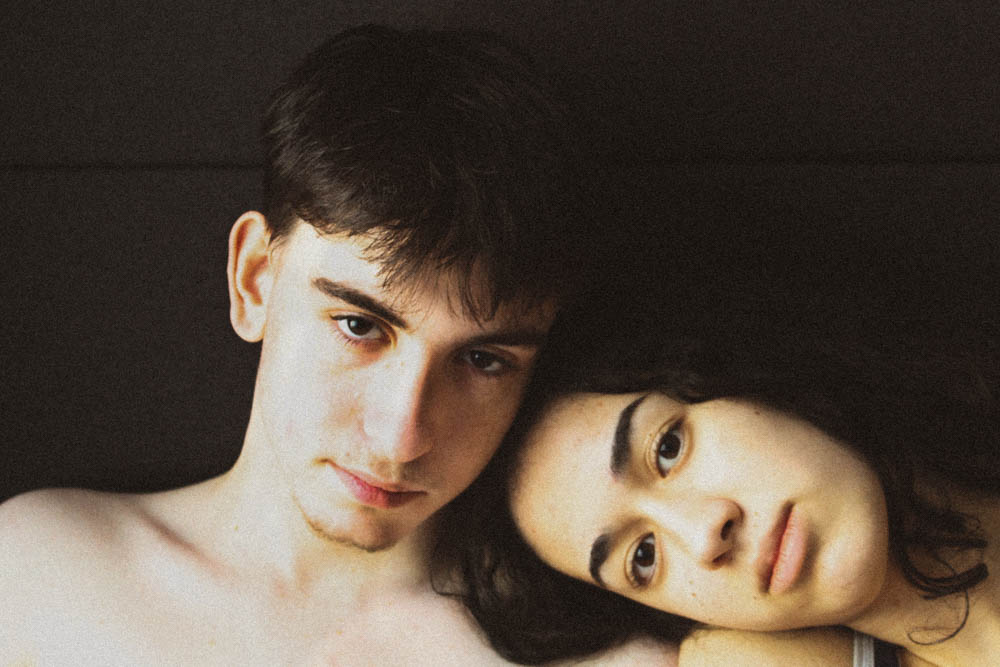
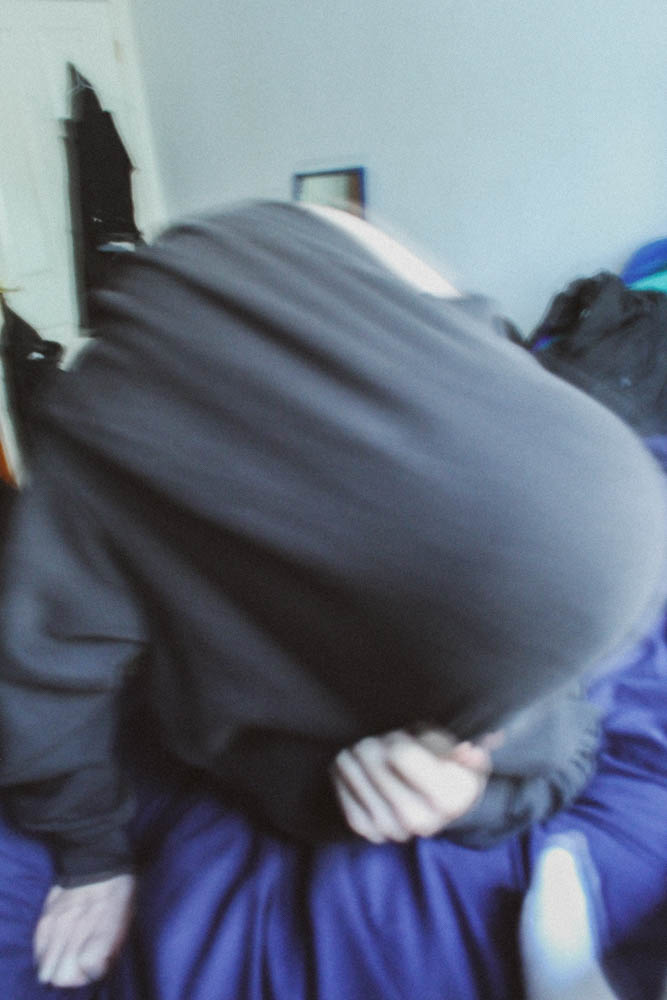
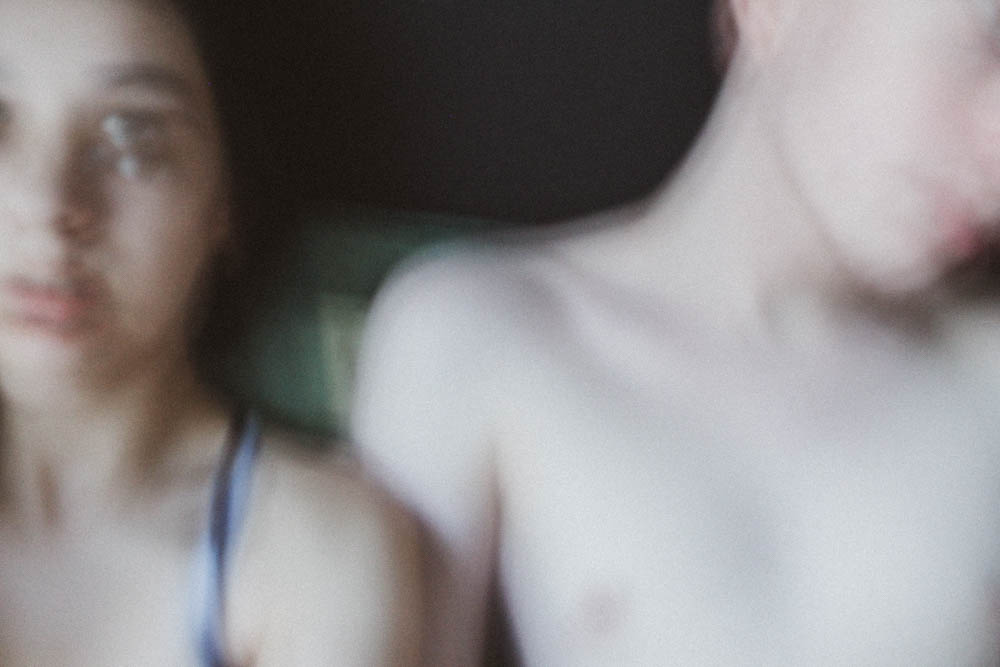
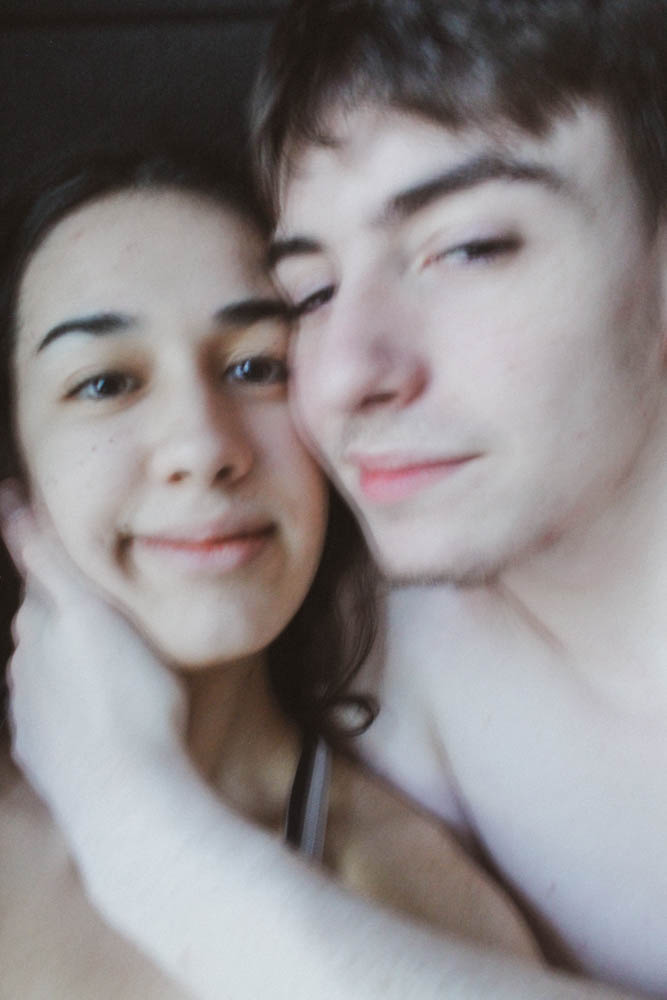
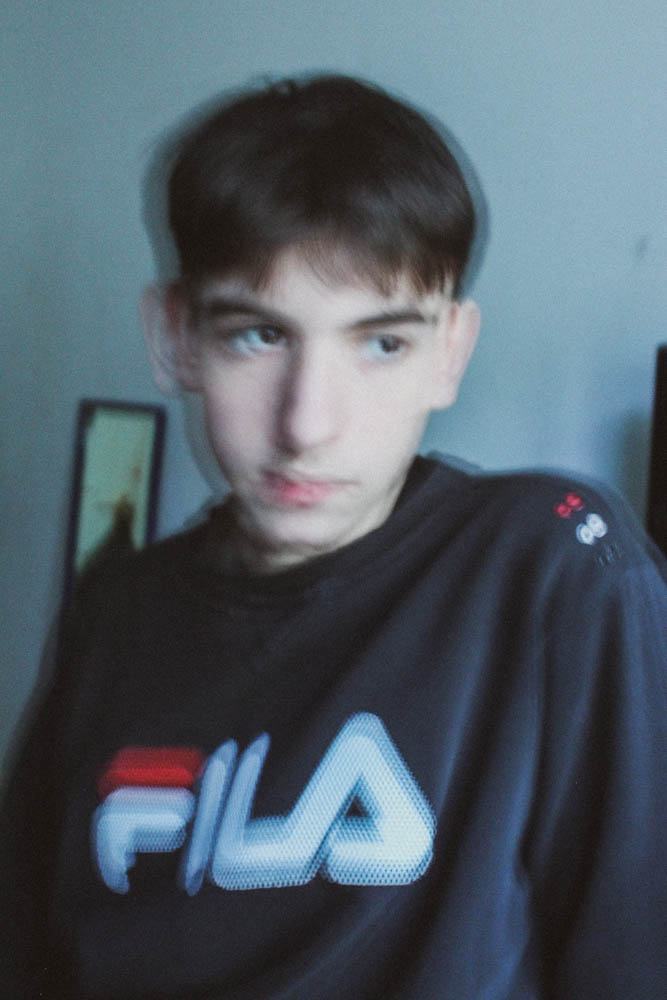
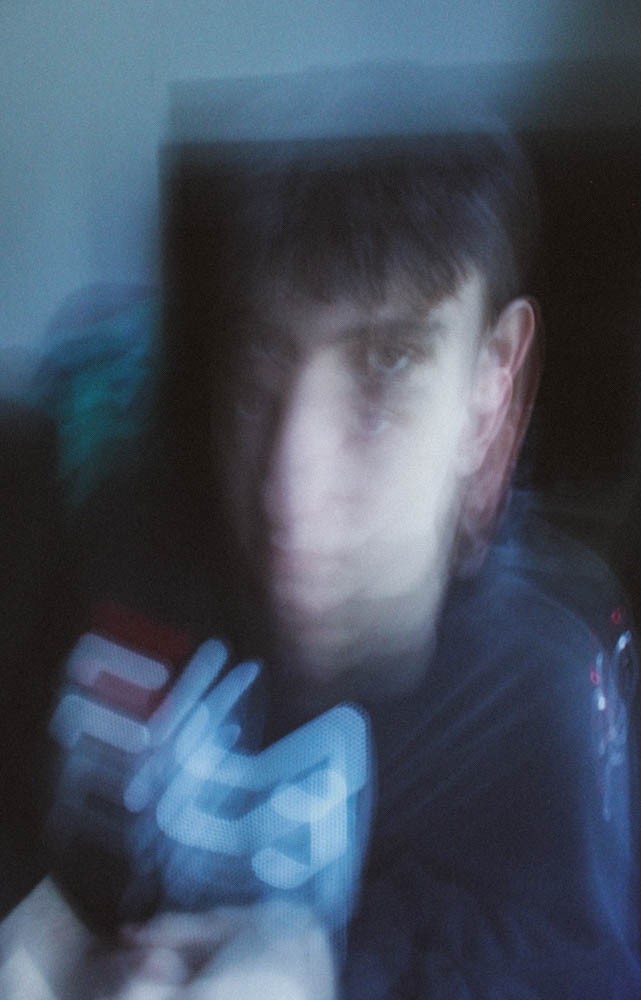
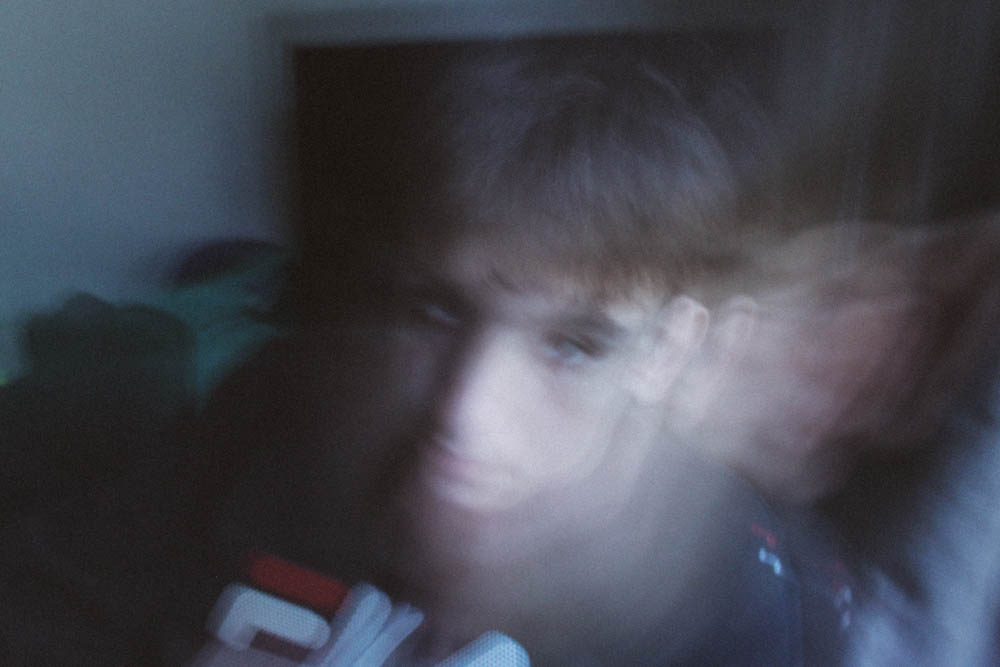
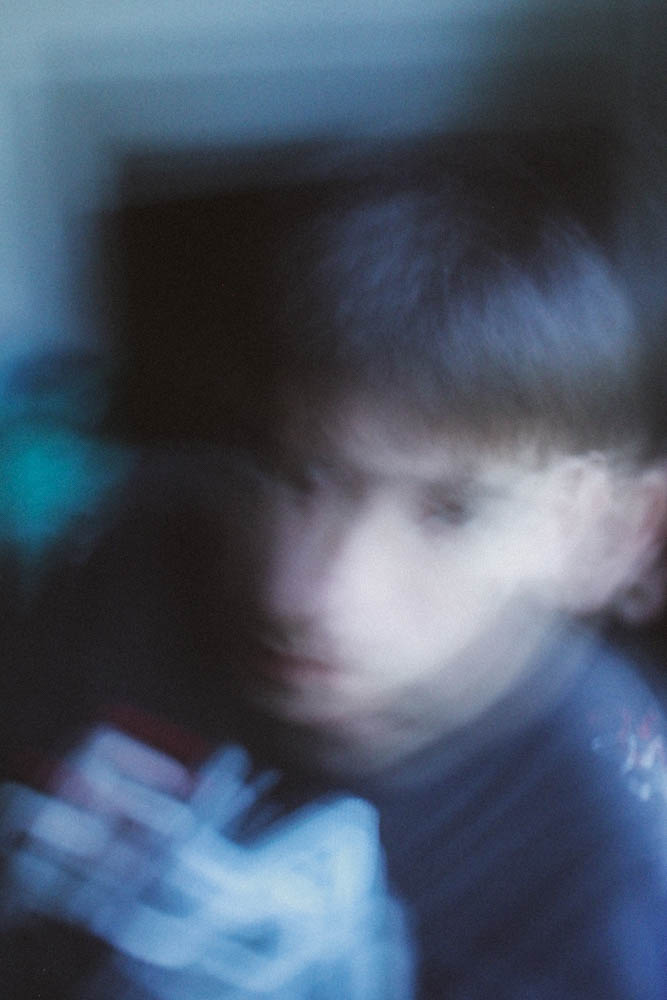
How I edited these images:

First I went on the basic setting in light room and pressed the auto button to put the auto editing on.

I then scrolled down and adjusted the settings to get the image to what I wanted it to look like.

After, I scrolled down and went to the lens correction option and clicked on the ‘enable profile corrections’, then clicked ‘make’ and selected Canon.

I then went on the transform section and clicked the auto option.

Next, I went onto the grain setting and selected medium and high settings depending on what look I wanted.

Lastly, I went onto the creative setting and clicked the vintage instant setting to get the desired look for my images.
Conclusion:
To conclude, I am really happy with how this photo shot came out as I was able to capture the ideas that I had. I wish I took a few more photos to capture more raw emotions, but overall I am satisfied with the outcome of this photo shoot. I am really happy with how I edited these photos and will use this technique in future photo shoot.
Mood Board
For my first full photo shoot for my personal study I want to explore themes which I started uncovering when on the Paris trip. These themes mainly include using street photography to further delve into the idea of being lonely in a crowd, but also to contrast this, using angular buildings and shadows in an abstract manner to show an almost prison like demeanor. I decided to do this to show how people become trapped in their own heads a lot of the time. I also wanted to try out a few more ideas around people on public transport, as well as concepts involving more bold colour.
Personal investigation : mindmap and moodboard
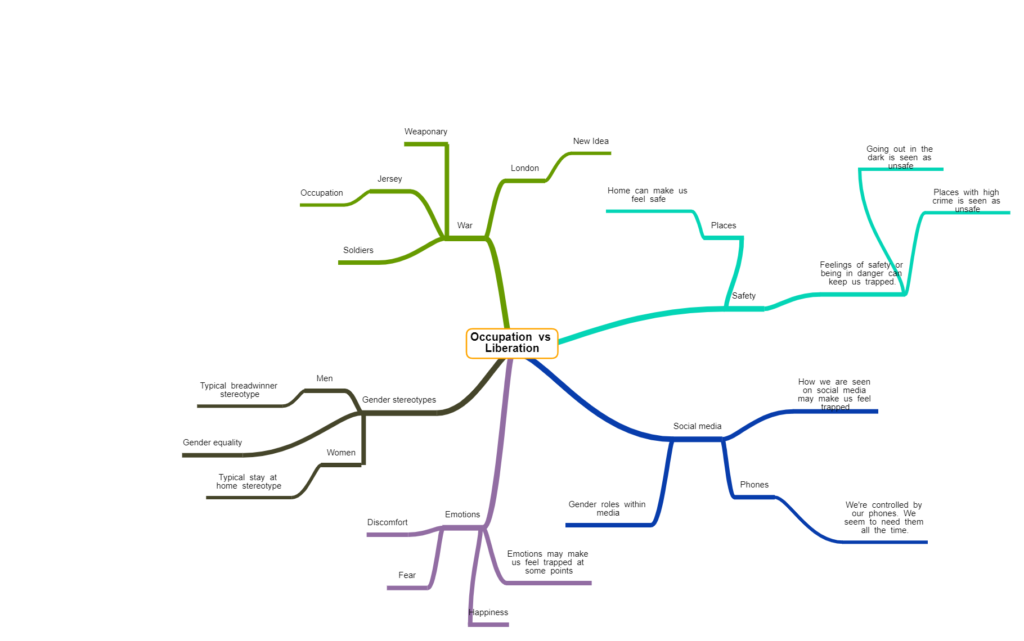
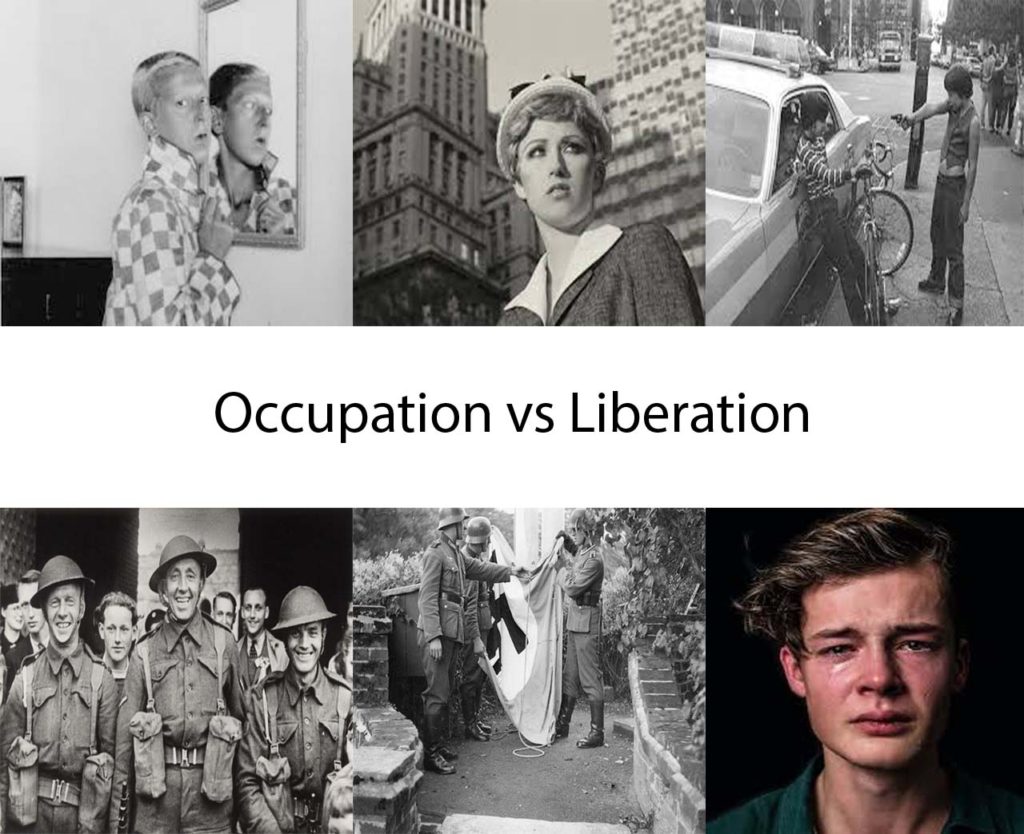
Personal study moodboard
This is a moodboard I have made of my inspirations and similar ideas to photo shoots in my personal study.

Essay Questions
Key Ideas:
Family: Looking at the theme occupation in terms of my family, exploring the history of my family as well as exploring the way we are now and how the past has influenced us. My main focus will be on my grandparents as they will have the most stories to tell, allowing a clear narrative to be created.
Lifestyle: Still on the ideology of capturing my grandparents, I want to see how the time period they grew up in 1940, has influenced the lifestyle they live through key themes of religion, family structure and gender stereotypes.
Liberation of Family History: The main focus will be trying to showcase my grandparents lives. I intend to capture their stories about their past, telling the narratives of their lives. This can be done through tableaux and staged imagery as well as capturing landscape and showcasing the incorporation of image and text.
Possible Questions:
How does Walker Evans and Alicja Rogalska showcase the lifestyle of their subjects within their imagery?
Explore the relationship between documentary and photography with reference to Walker Evans.
Explore how the photographers Sam Harris and Walker Evans capture the theme of lifestyle within their work.
To what extent does family photographer Sam Harris present the theme of lifestyle?
To what extent is the theme of lifestyle presented through documentary portraits, with reference too Sam Harris and Walker Evans?
To what extent does straight photography accurately portray events in time?
How is the theme of lifestyle presented within documentary photography, with reference too Sam Harris and Walker Evans?








